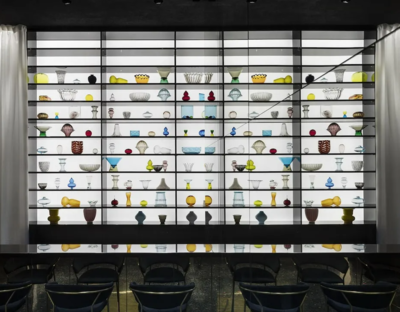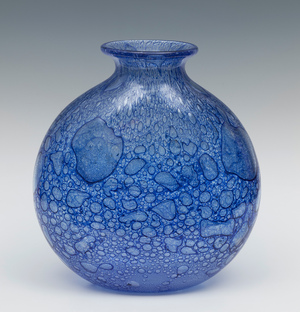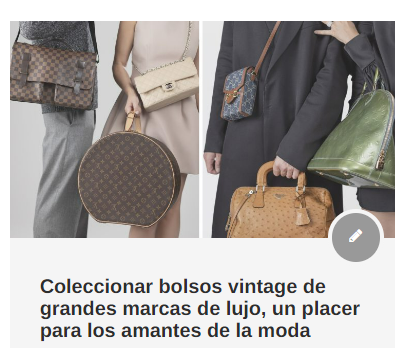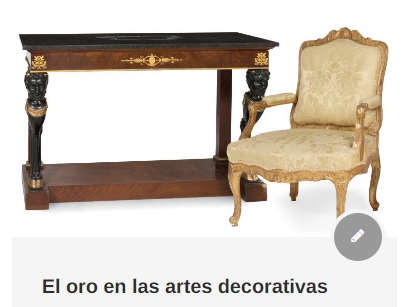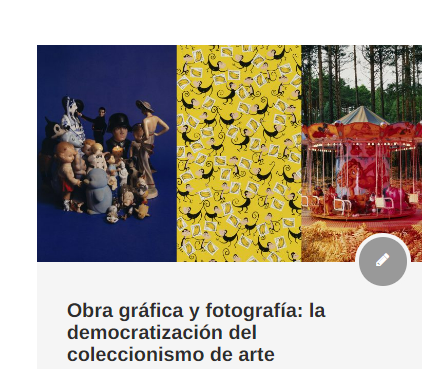Glass vasses: The Latest tren in decoration accessories
Glass vases have gone from being treated as secondary objects to being considered essential accessories in interior decoration, providing a plus of uniqueness and personality to the space we want to enhance.
Thanks to their ability to transform any room into a unique and magical corner, as well as their visual strength, these decorative accessories have become an essential element in interior design, allowing us to play with the effects of light, vibrant contrasts and optical illusions that the nature of the material offers us. Simple, extravagant, chic or with a classic touch… Whichever option best suits your style, there is no doubt that glass vases are pure trend and an indisputable ally with which to “dress” any space.
Therefore, from Setdart we propose an original and exclusive selection of pieces made by some of the great names that have taken the art of glass to the highest levels of virtuosity and sophistication:
ERCOLE BAROVIER
Throughout his fifty years of professional activity Ercole Barovier has become a key figure in the renewal of glass art in the twentieth century. From the 1920s onwards, Ercole’s production made a great impact on the art glass scene, thanks to designs that undoubtedly departed completely from the strictest tradition.
Milestones such as his successful “Ephesus” series, in which he applies his innovative technique of “thermal coloring without fusing” to obtain surprising effects, demonstrate why he is considered one of the great renovators of glass.
CARLO SCARPA
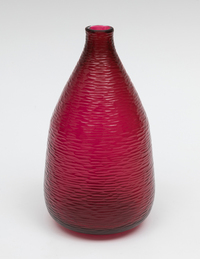
Carlo Scarpa is considered one of the world’s greatest Italian designers, occupying a key position in the evolution of Italian design. His passion for glass as a material led Scarpa to invent, in the 1940s, the technique known as hammering, with which he managed to give glass an appearance similar to that of beaten silver or worked stone. The creations he created using this technique, such as the “Battuto” vase on auction here, were presented for the first time at the 20th Venice Biennale and at the 7th Milan Triennale, where they earned him the title of honour.
FULVIO BIANCONI
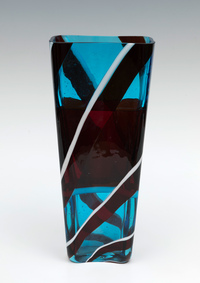
Starting as an apprentice in the glass furnaces of Murano under the direction of Michael Pinto, Bianconi’s career took a qualitative leap when he met Paolo Venini in 1946. As a result of this meeting, they established a fruitful and brilliant collaboration with the pioneering glass production house of Venini. The language that Bianconi developed for Venini was based, as we can see in models such as “Scozzese” or “Ritagli”, on the use of striking colors and simple shapes of organic or geometric inspiration, resulting in a magnetic visual impact.
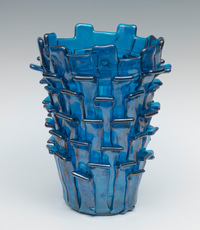
Discover the complete collection in our auction on 22 November!

